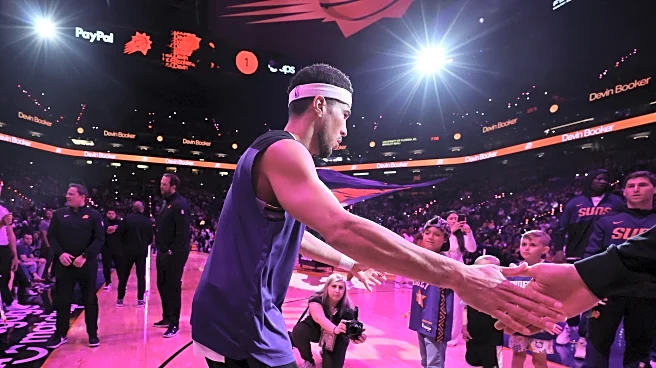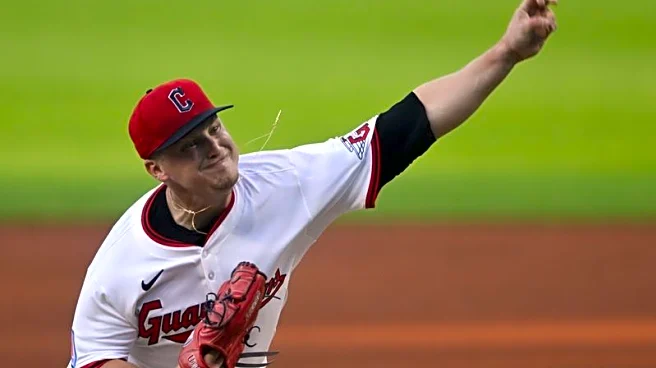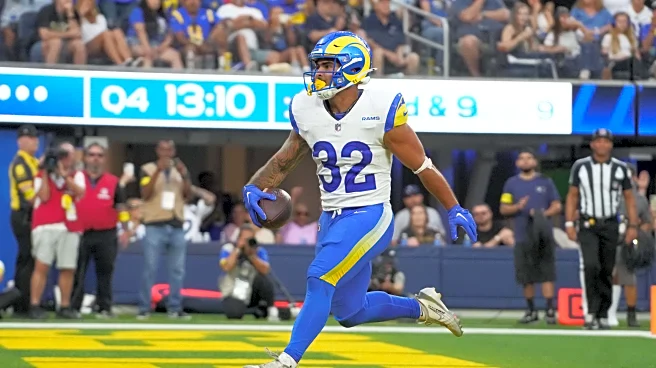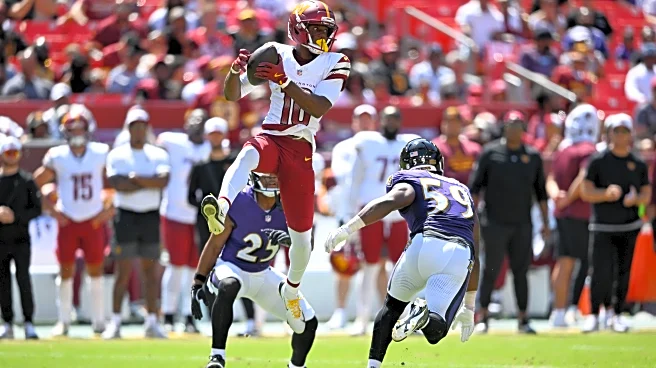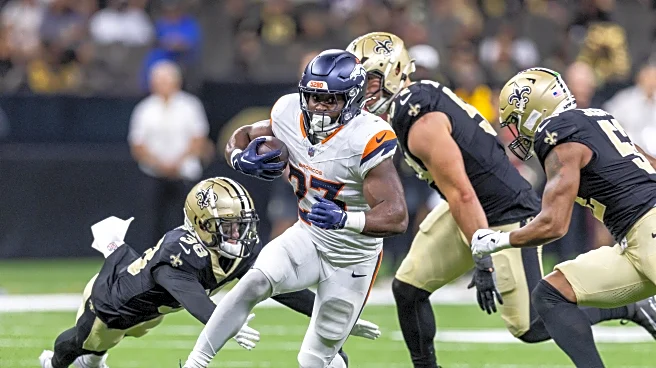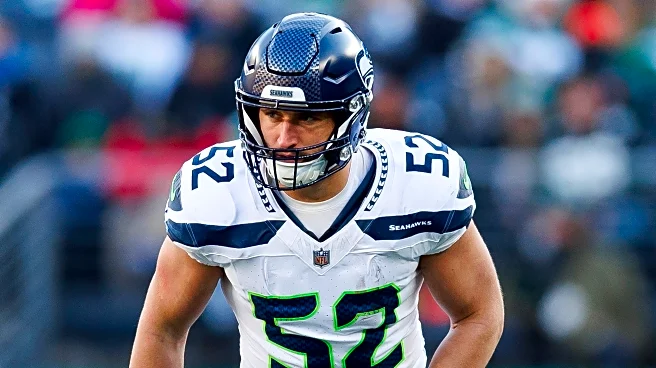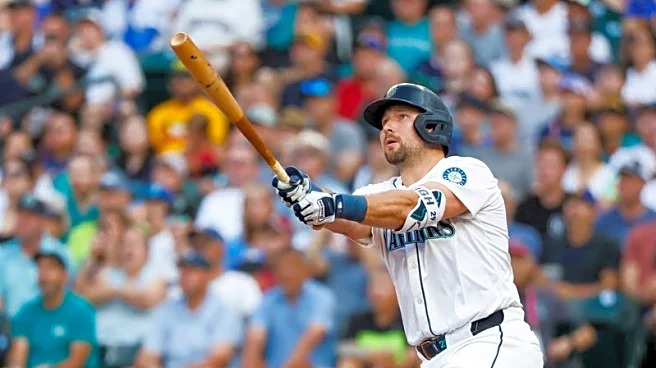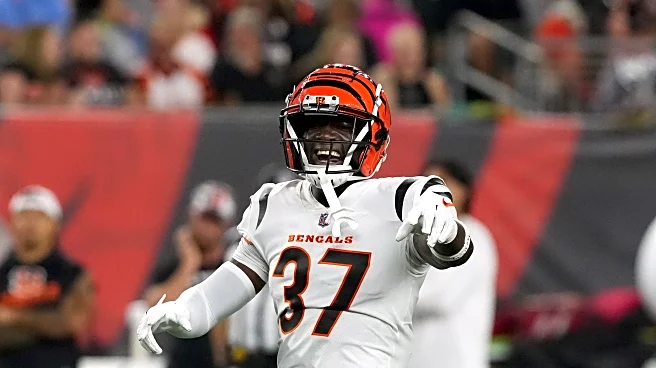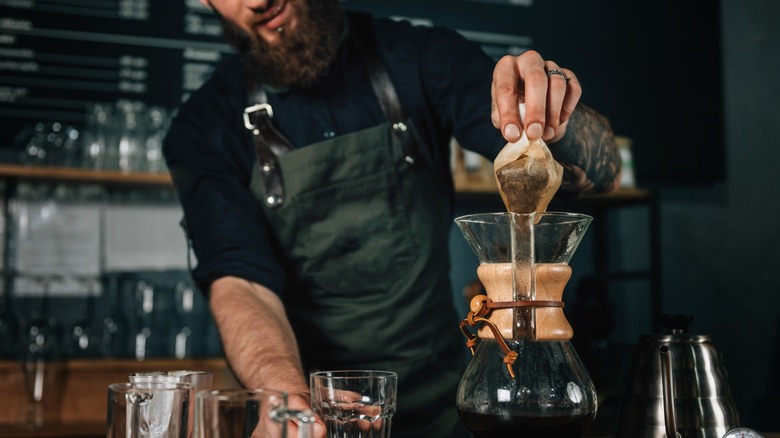
The iconic cafe, Central Perk, in "Friends," the "but first, coffee" philosophy of the "Gilmore Girls," and the "let's get coffee!" euphemism for making plans with a friend ... Coffee flows in the veins of everyday life and pop culture in America, starting from the 1773 Boston Tea Party, when revolutionaries ditched England's national beverage and adopted its darker, more exotic compatriot for good. The coffee break ritual started percolating in the 1920s, and coffee and doughnut handouts during
the Great Depression cemented the beverage's reputation as cheap sustenance. The post-World War II boom made coffee a mainstay in many homes, and by the 1980s, the concept of coffee-shop socializing had emerged, with friends settling into comfy couches with their mugs to the tune of acoustic music. But frappuccino fans, there's a feeling we're not in Starbucks anymore.
Although the ubiquitous chain is the face of American cafe vibes worldwide, the next wave of coffee isn't about bigger, foamier, or pumpkin-spicier. The U.S.' most discerning java joints execute the daily grind with exacting brewing processes, from Chemex pour-overs and siphons to technologically advanced espresso machines. Caffeine connoisseurs sniff beans and pore over berry origins, chasing cups of gold as they chat terroir and techniques with baristas. These coffee snobs are often stereotypically depicted as Pacific Northwest plaid-clad hipsters, eternally nursing hot coffee in their rain-plagued states. But 2025's number-one coffee city is not in Washington or Oregon. It's sunny Los Angeles, land of cheerful citrus and juicy wines, per Food & Wine.
Read more: The Best Local Restaurants You Can't Miss In Los Angeles, According To LA Locals
Los Angeles Is America's Number One Coffee Destination
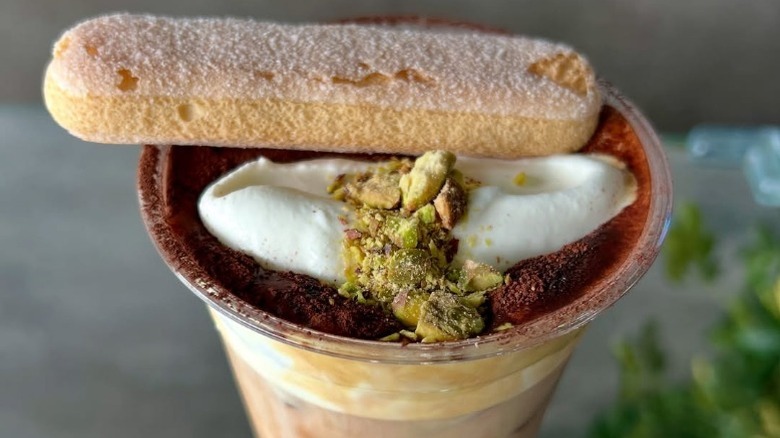
In a classic L.A. diner, the round-bottomed glass coffee pot is always full, and the drink has just one name: "cuppa joe." Then there's Mexican spiced cafe de olla latte, Vietnamese egg coffee, Japanese black sugar latte, and pineapple espresso tonics, to name a few, crafted in the metropolis' magnificent landscape of Art Deco buildings, glamorous hotels, and pastel blocks. From Sunset Boulevard to grungy Los Feliz to the innovative Arts District, this creativity is caffeinated by Los Angeles' ethnic and cultural diversity, also cementing its storied standing as an entertainment and lifestyle oasis. To coffee crawl across the city is to dunk into what's making it buzz.
Out-of-this-world concoctions are a big reason why Koreatown is L.A.'s coolest neighborhood, a wildly trendy hub of culture, humming with visually stunning creamtops (coffee capped with a dense tier of sweet whipped cream) and a bodacious potpourri of flavors like corn, tiramisu, and toasted grain powder misugaru. It's exactly on point regarding what's hottest in Seoul cafes — including FOMO-triggered queues for these Instagrammable perk-me-ups. Aficionados head to Endorffeine in Chinatown, where former biochemist Jack Benchakul personally takes his time brewing every single order for the highest quality drink and experience, and to Latino-centric South L.A.'s Picaresca Barra de Cafe to pair the olla with a burrito or chilaquile.
New York City Runs On Coffee
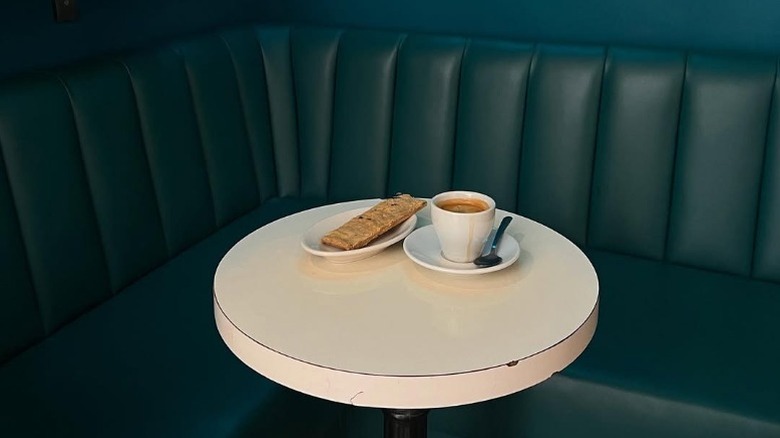
Is New York the city that never sleeps because its inhabitants imbibe 6.7 times more coffee than those in other cities? Considering that four in 10 locals have at least a coffee a day, that the city has 3,389 coffee shops, and that about five new shops open weekly, the Big Apple has "urned" second place on the Food & Wine listing. While plain (black), regular (two sugars, a dash of milk), and beige (more milk) will always be bodega and street cart standards, imported coffee rituals are the toast of the town, found at Denmark's La Cabra, Devocion from Bogota, and more than 10 Australia-inspired spots scattered across the city. Specialty cafes serve artisanal techniques with ambiance, just like N.Y.C.'s Michelin-starred restaurants. Swirl and nose the deconstructed espresso tonic at Felix Roasting Company, and behold the incredibly intricate latte art at Coffee Project.
Per Bon Appétit, the best and richest espresso, made possible only with the freshest beans, can be found at Abraço, which caters to beverage buffs who treasure the taste profile of both their beans and adult drinks. Not just a coffee shop but a coffee bar, Abraço invites patrons to chase cortados with vermouth while relishing olive oil cake, Portuguese cured-olive cookies, and seasonal treats from their legendary pastry case.
Washington's Welcome Drink: Seattle Beyond Starbucks
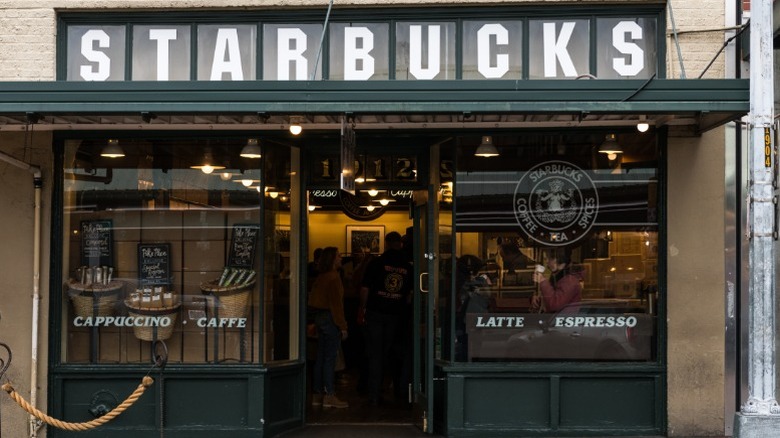
Coffee shops all over the world owe a tip of the cap(puccino) to Seattle. Pilgrims visit the original Starbucks at Pike Place, a vibrant market that's the "Soul of Seattle," for its highly commercialized, wildly popular novelty and seasonal fixes. But the international chain's pioneering specialty-coffee soul now shines in indie cafes, enhancing coffee with superlatively engineered machines, fitting for a city powered by tech companies.
The locally invented, globally acclaimed Cyncra espresso machine takes center stage on hallowed grounds, like at Espresso Vivace, which is run by coffee geek David Schomer, known for perfecting the formula for espresso, cappuccino, and latte as enjoyed in America. His book, "Espresso Coffee: Professional Techniques: How to Identify and Control Each Factor to Perfect Espresso Coffee in a Commercial Espresso Program," is also the authority for professional training and can claim some credit for Los Angeles and New York topping this list. For latte lovers, it's a little-known fact that Schomer introduced foam art stateside after watching it unfold in Milan.
Zoka Coffee's Jeff Babcock is another Seattle sage, groundbreaking in sourcing terroir-specific beans from micro-producers, elevating coffee appreciation to the rarefied heights of oenophilia, and injecting terms like "acidity," "flavor," and "body" into our everyday banter with baristas. Today, these innovators' legacies lace almost any independent brew in town, including Milstead and Co., Ghost Note, Cafe Bambino, and other specialists.
Portland, Oregon Serves Coffee's Fourth Wave
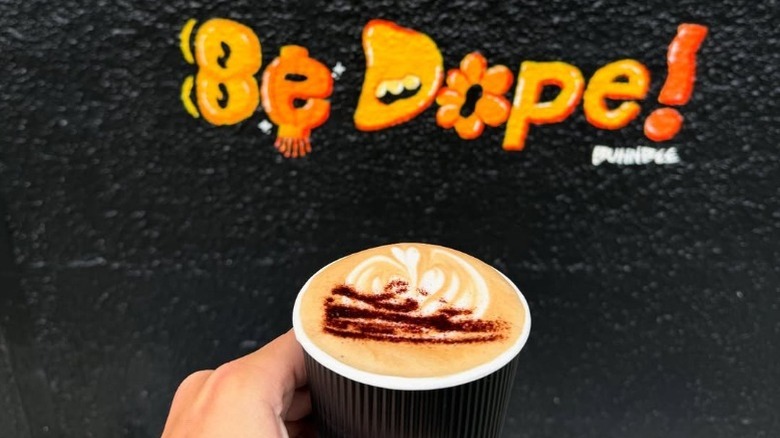
Portland is pegged as a trendy city with the best coffee in all of America, and this obsession is over-the-top enough to snag satirical homages on "Portlandia." Its passion for coffee begins and ends with third-wave trailblazer, Stumptown, whose founder invented ready-to-drink cold brews in their now-signature brown bottles. But the hallmarks of a Rose City cafe are exceptional experiences pairing expertly prepared beverages with epicurean bakes as well as pop-ups spotlighting culinary creatives, art shows, and other cultural encounters. These and other edgy disruptions, like sophisticated stereo systems and sourcing beans from countries like Ecuador and Rwanda(once little known in America for coffee), are the brainchildren of this Pacific Northwest outpost.
Besides breaking the bad taste of coffee snobbery, Portland is already riding the fourth wave while most cities are still rolling third-wave coffee on their palates. Nossa Familia serves a unique slate of Japanese flash brews, handcrafted espresso chocolate-whipped cream, and the very specific Brazilian cafezinho. But non-judgmental hospitality and thoughtful guest education are just as important in this latest turn of the coffee movement. Inclusivity is also a strong suit — Tostado Coffee Roasters decorate packaging with vibrant pompoms sewn by Indigenous women from the Mexican region that's the source of the beans, and Deadstock Coffee showcases art by famous African Americans (while paying homage to hometown hero, Nike). Portland Cà Phê Roasters, the city's first Vietnamese coffee virtuoso, focusing on quality beans from Vietnamese micro-lots, trains novices to serve a plethora of drinks, from traditional Vietnamese coffee to ube latte with cheese foam and coconut cream latte.
New Orleans Celebrates Coffee
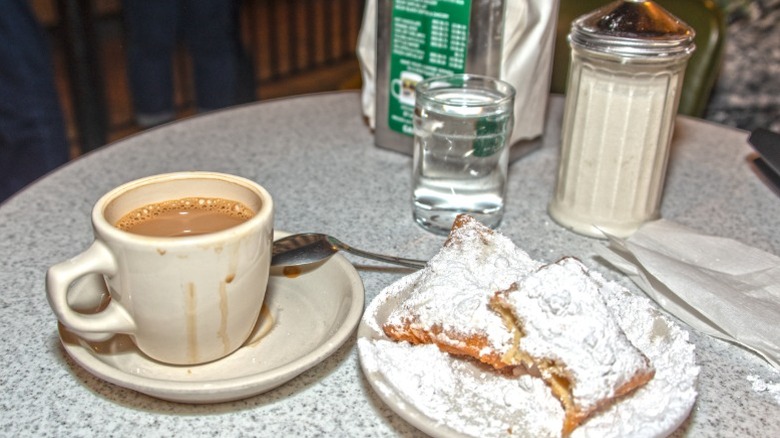
A quintessential New Orleans culinary experience is the chicory-laden cafe au lait and powdered sugar (fairy?)-dusted beignets at Cafe du Monde. An insignia of the Big Easy's no-holds-barred affinity for indulgence since 1862, this French Quarter coffee institution has French-dripped its luxuriant blend using the same recipe handed down through generations, with pours of boiled full-cream milk. Just down the street, Envie Espresso Bar is the late-night carouser to the clean-cut du Monde, if you need a midnight shot of energy to keep the good times rolling. For the quintessential Nawlins setting, take your latte on a patio with views of marble mausoleums in the historic Old Fellow's Rest and St. Patrick's cemeteries in the supposedly haunted Sacred Grinds.
In the spirit of the city's year-round celebrations, boutique roastery Mammoth Coffee Company reimagines the old-fashioned with bourbon-maple syrup, mixes citrusy espresso tonics for balmy Southern summers, and makes a cozy cardamom latte — cafe au lait's contemporary cousin. While extravagant gastronomy rules the Crescent City, Mammoth's owner is diverting gourmet attention toward a curiosity of what makes a distinctive coffee tick, from conscientious sourcing and sustainability to immaculate craft. You can also taste this philosophy at Backatown Coffee Parlour, which brews with beans from the country's only Black-owned coffee roaster, and at the devoutly small-batch single-origin practitioners of Undergrowth Coffee.
Ready to discover more hidden gems and expert travel tips? Subscribe to our free newsletter for access to the world's best-kept travel secrets.
Read the original article on Islands.
